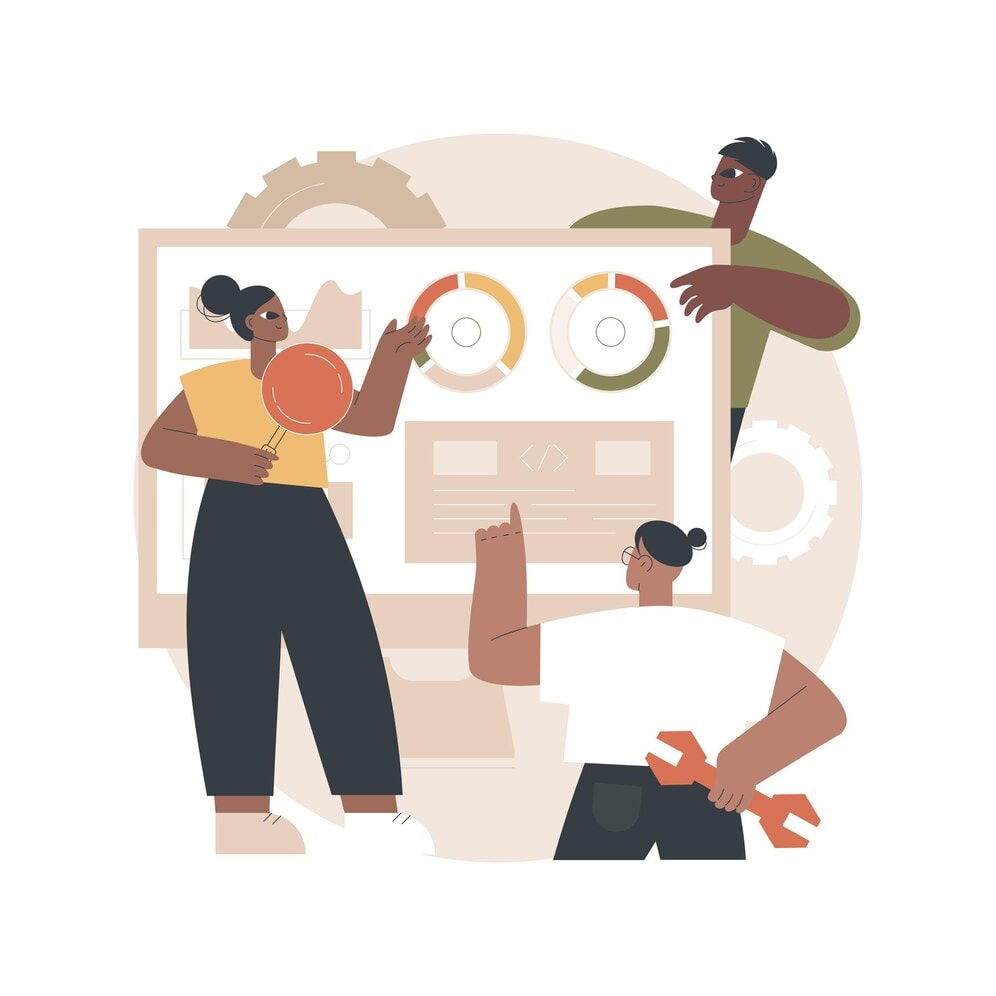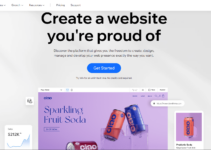If you’re in the business of marketing, then it’s essential that you understand your target audience. After all, how can you hope to sell a product or service if you don’t know who you’re selling it to? That’s where audience personas come in. An audience persona is a semi-fictional representation of your ideal customer, based on market research and real data about your existing customers. In this blog post, we’ll show you how to build a better audience persona.
Table of Contents
Start with market research.
Before you can start building your audience persona, you need to have a solid foundation of market research to work from. This will give you an understanding of the needs, wants, and pain points of your target customer. There are a few different ways that you can go about conducting market research, such as surveys, interviews, and focus groups. Once you have this information, you can start to build out your persona.
Define Your Target Audience

The first step in creating an effective audience persona is to define your target audience. Who are the people that are most likely to be interested in your product or service? Consider factors such as age, gender, location, interests, and income level. Once you have a good understanding of who your target audience is, you can start to narrow down the characteristics of your persona.
Give your persona a name and a face
One of the best ways to make your persona feel like a real person is to give them a name and a face. This will help you to better visualize who your target customer is and what they’re looking for from your brand.
Create a detailed profile.
Once you have a name and a face for your persona, it’s time to start filling in the rest of your profile. This should include things like their age, gender, location, job title, income level, interests, and so on. The more detail you can include in their profile, the better.
Define their needs and pain points.
One of the most important aspects of your audience persona is understanding their needs and pain points. What are they looking for from your brand? What problems do they need to solve? Answering these questions will help you to better understand how you can appeal to your target customer with your marketing efforts.
Consider their journey.
Another important aspect of building an audience persona is considering their journey—that is, their path from being unaware of your brand to becoming a loyal customer. This will help you to understand what steps need to be taken in order for them to make that journey.
For example, if someone is at the very beginning of their journey, they may need more awareness-building content, such as blog posts or infographics.
Whereas if someone is further along in their journey, they may be ready to make a purchase, and so they would need content like product pages or case studies.
Mapping out their journey will help you determine what kind of content needs to be created in order for them to move further along toward becoming a paying customer.
Use market research to fill in the gaps.
Even with all of this information, you may still have some unanswered questions about your audience persona. That’s where market research comes in.
There are lots of different ways to do market research, but one of the simplest is to just ask your customers directly.
You can survey them or even just interview them one-on-one about their buying habits and their thoughts on your products or services. This feedback can be invaluable in helping you fine-tune your audience persona.
Develop Their Characteristics

Now that you have given your persona a name and face, it’s time to start developing their characteristics. What does your persona do for a living? What are their interests? What motivates them? Answering these questions will help you to better understand your persona and how they relate to your product or service.
Know Your Customer Segments
The first step in building a better audience persona is to segment your customers. Customer segmentation is the process of dividing your customers into groups based on shared characteristics. There are many different ways to segment customers, but the most common methods are geography, demographics, behavior, and psychographics.
Identify Customer Needs and Wants

Once you have segmented your customers, it’s time to start identifying their needs and wants. What does your target audience need or want from your product or service?
This can be tricky to figure out, but there are a few ways to do it. Try conducting surveys or interviews with members of your target audience.
You can also look at customer reviews or social media posts to see what people are saying about your product or service. Another way to identify customer needs and wants is by using Google AdWords‘ Keyword Planner tool. This tool lets you see how often certain keywords are being searched for and can help you identify trends in customer needs and wants.
Also, Read:
- What B2B Content Marketers Need
- How to Scale Your Content Creation Efforts
- How To Do Content Marketing in the B2B World
- Top 7 Benefits Of Using PowerPoint For E-Learning
- How Reading Fiction Can Improve the Quality of Your Content
Conclusion: How To Build a Better Audience Persona In 2022
An audience persona is an essential tool for any business that wants to succeed in marketing its products or services.
By taking the time to build out a detailed persona, businesses can ensure that they are creating targeted content that appeals directly to the needs and wants of their target customer base.
If you want to build a better audience persona, start by conducting market research, giving them a name and face, filling out their profile, understanding their needs and pain points, and mapping out their journey.
By following these steps, you’ll be well on your way toward developing an effective marketing strategy that resonates with your target customers.









